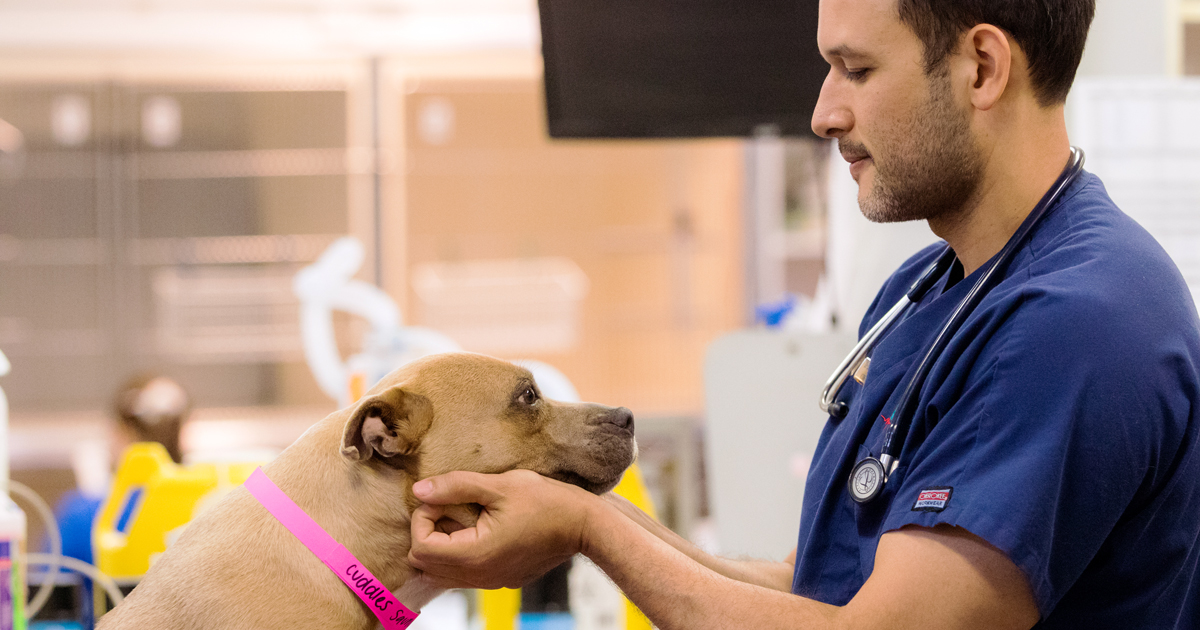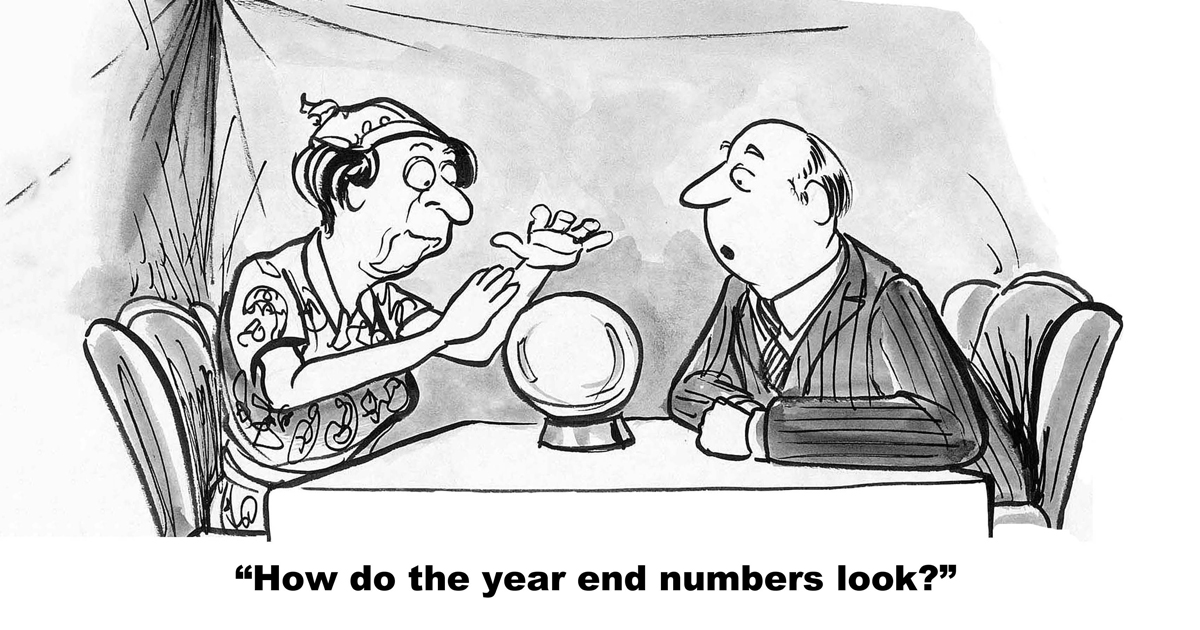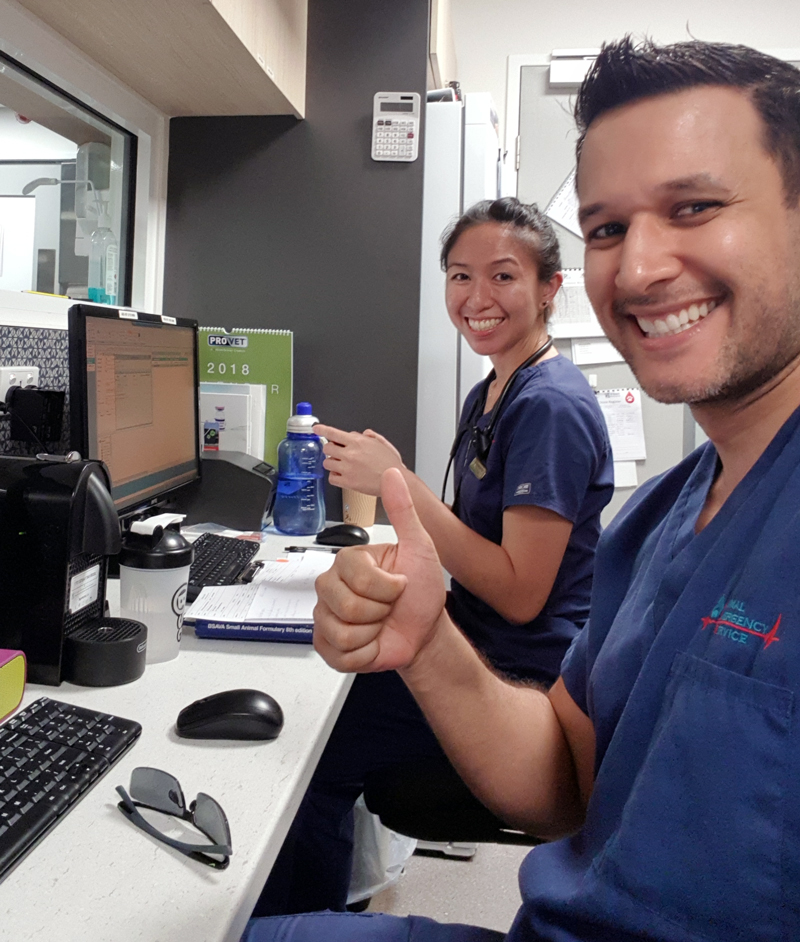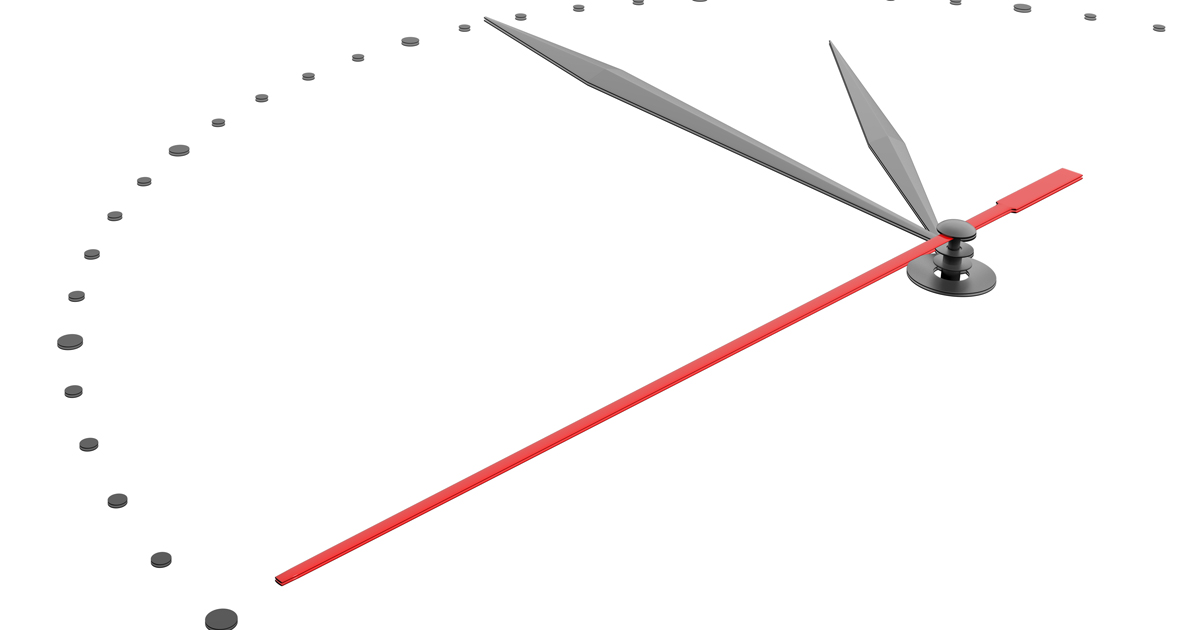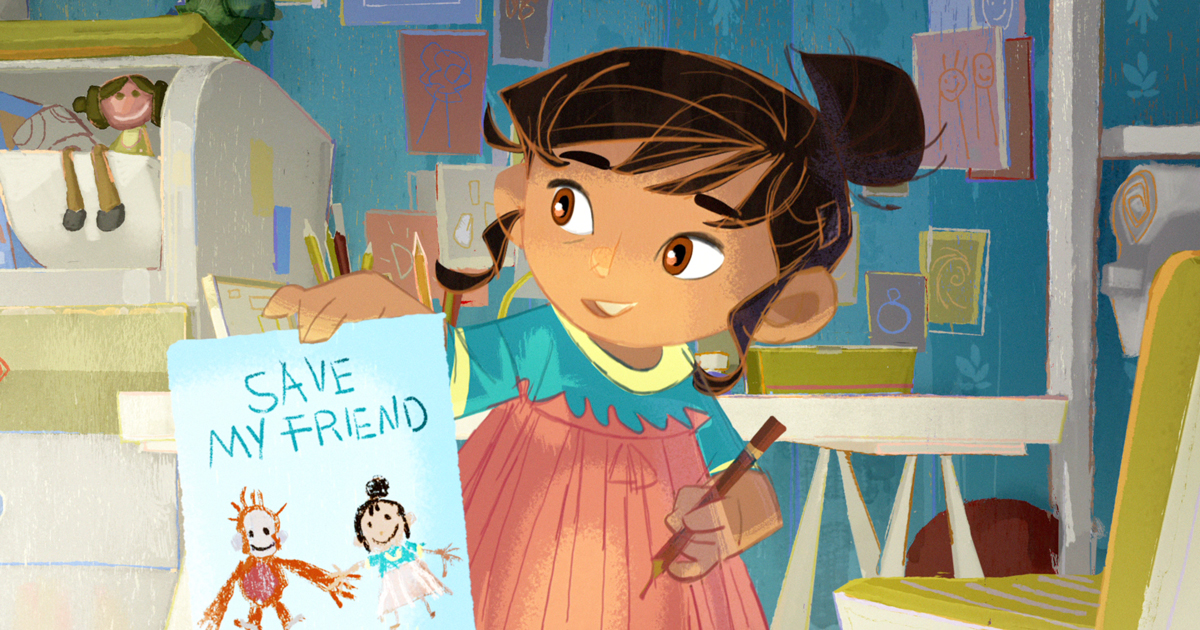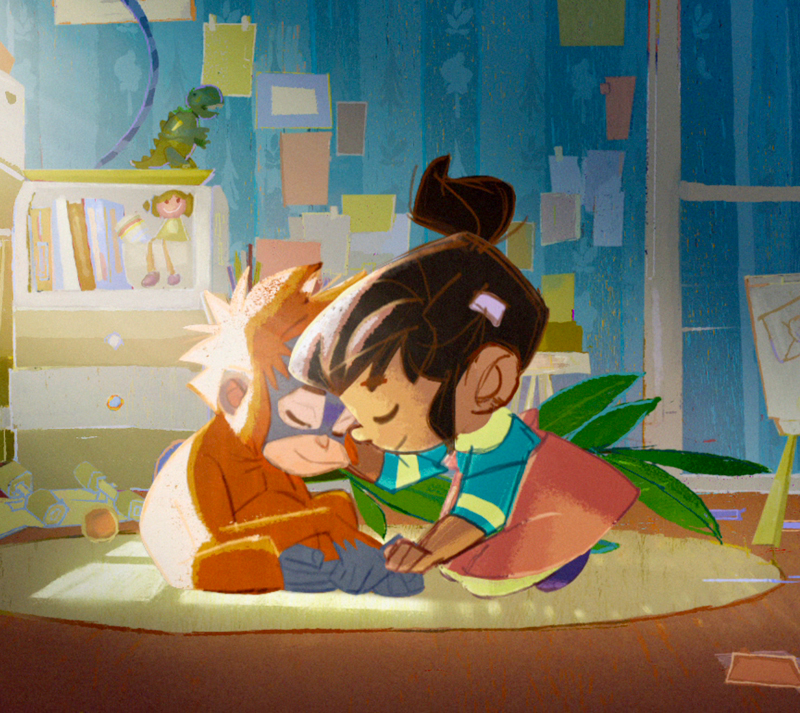On my course, in a year of 300 students and with a timetable of mostly nine-to-fives, it’s safe to say I spend a fair share of my time with other vets. However, in the first few weeks of university I was warned by older vets to beware of the “vet bubble” – and I understand what they meant.
Long and professional courses, such as medicine, law and veterinary science, have a bit of a stigma for being slightly closed off from the rest of the academic world – at least at my university.
I’m not sure it’s a conscious decision on behalf of those students concerned; without even realising it, the past few years have seen me cultivate and maintain friendships that are, predominantly, with other vets.
Incidental acquaintances
While I live in a household of eight, with only one other vet student, the majority of vets I know live in houses comprised solely of classmates.
I think it’s only natural to gravitate towards those you can’t help but spend so much time with. There are weeks when it feels like I live and breathe my course, with barely any daylight hours spent at home. Truth be told, I’m sometimes lucky to find the time to make it to even two society events a week.
Don’t get me wrong, I’m not complaining – I’m one of those people who like being kept busy – but it does explain why such close bonds are formed with people living the same hectic life right alongside you. When you’re crammed into the same four walls of a lecture theatre for three or four hours straight, of course you’re going to turn to your left or right and make connections.
Alternative associations
The vet bubble does have its downside, though. Obviously, all that time spent with vet students means potentially missing out on connections with people outside of your course.
In my experience, veterinary programmes tend to attract a certain type of person, and I think it’s important to surround yourself with a multitude of personalities and attitudes – particularly for people like myself and my course mates who are headed towards a career where communication and understanding is key.
Necessary alliances
On the other hand, the bonds forged with our “comrades in arms” might be just what we need to get through what is one of the most stressful courses out there. Leaning on those friendships and learning from each other at this stage in our careers helps prepare us for the years after we graduate when we’ll be doing the exact same thing in practice.
The vet bubble is something to be aware of, but you don’t have to give in to it.
On days where work is all I can think of, my friends on other courses are the ones who really keep me sane and remind me there is a world outside of my own.
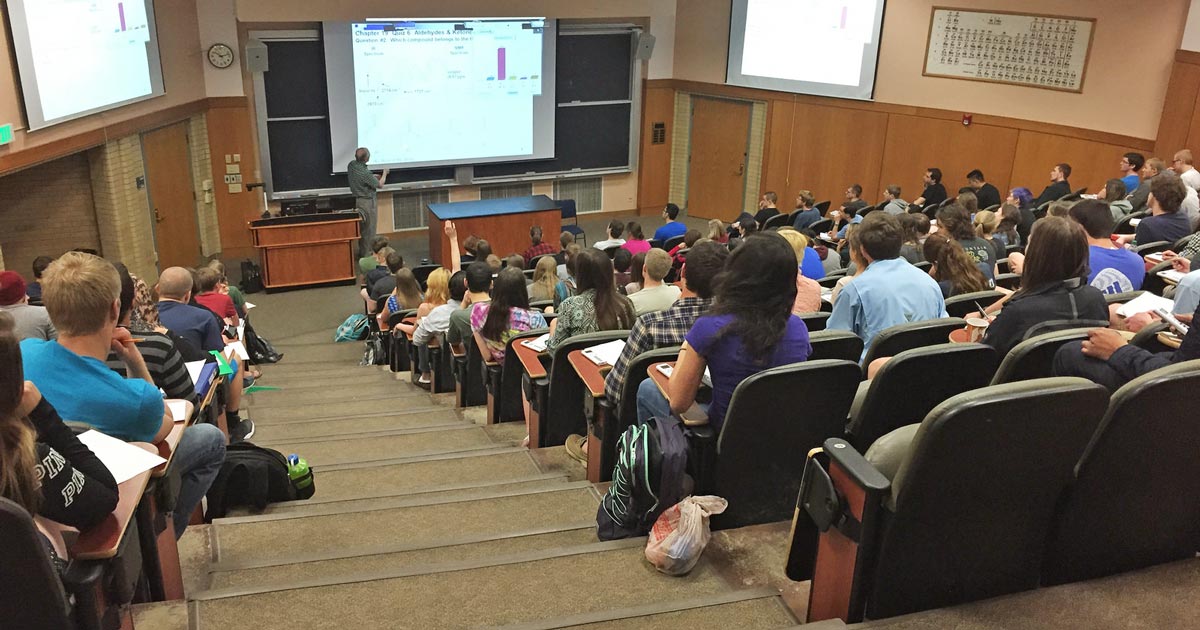
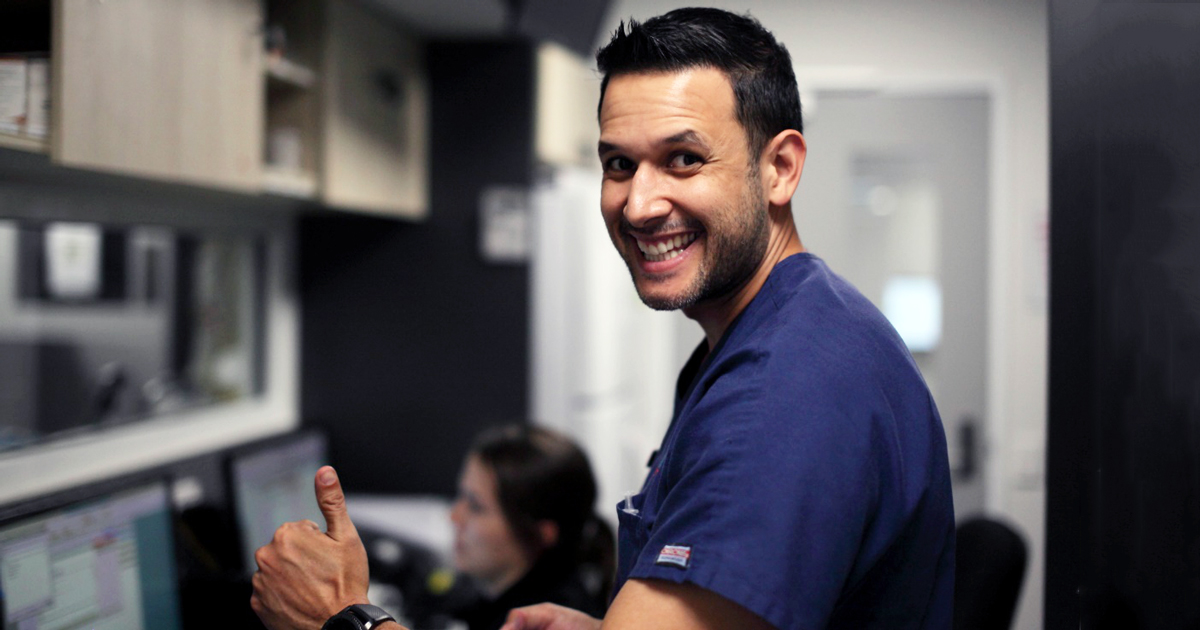
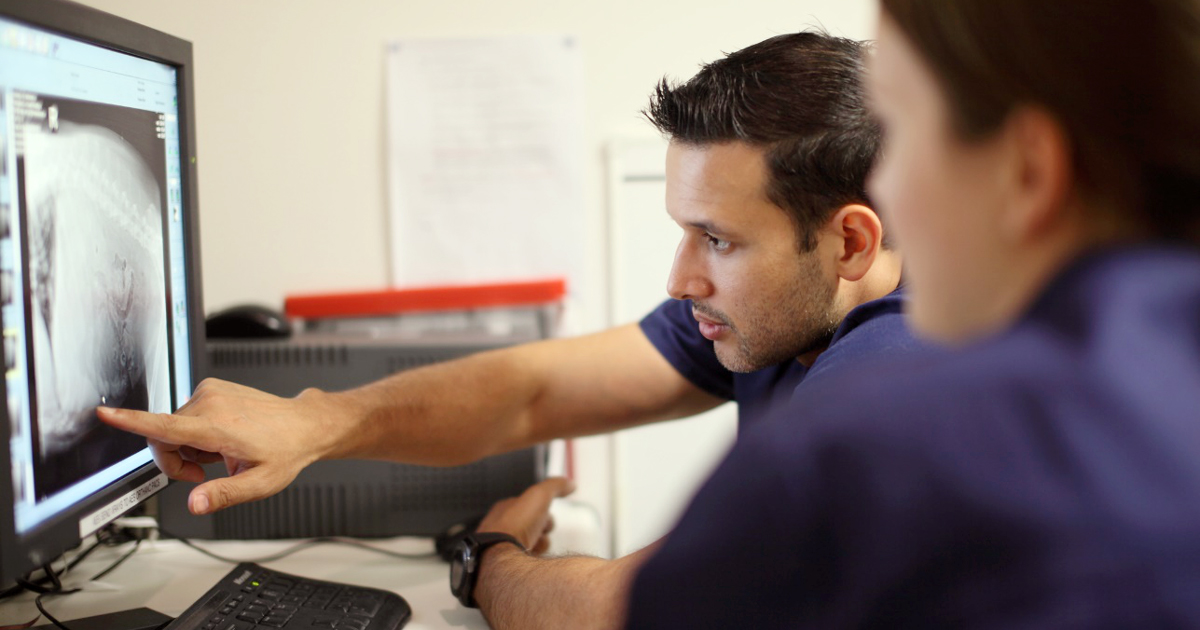
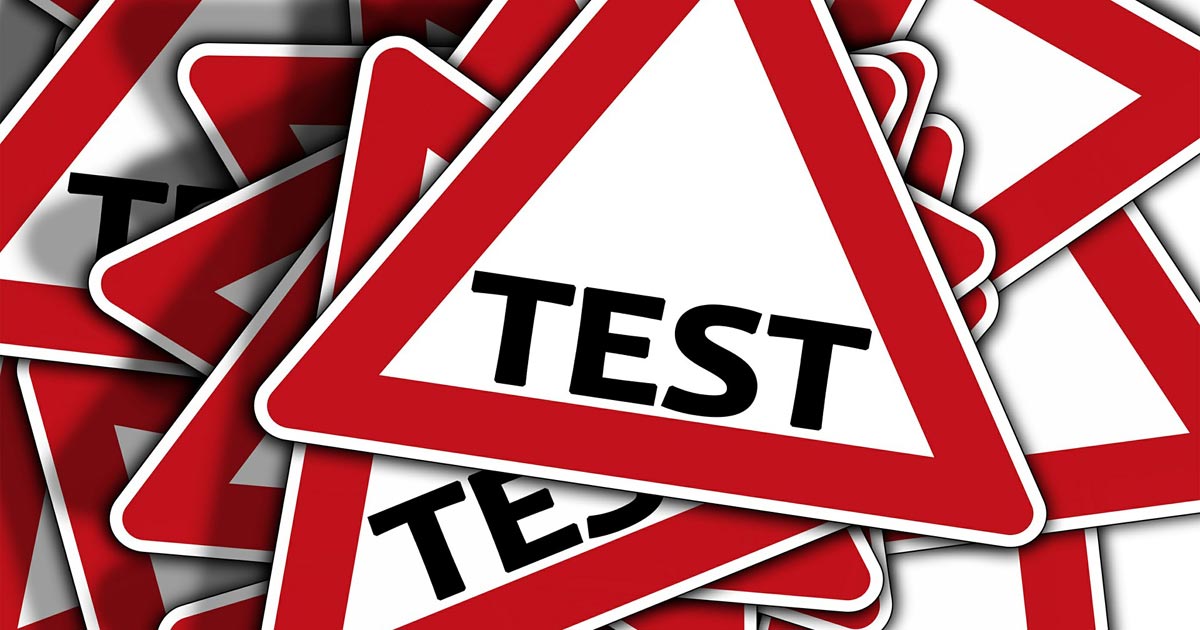

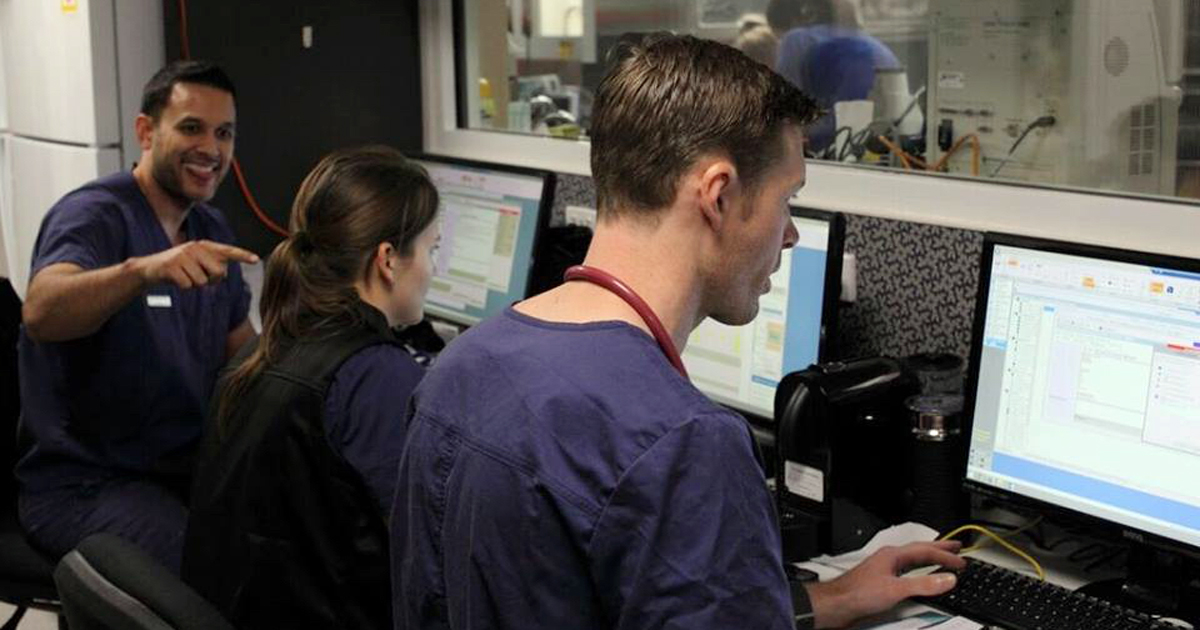
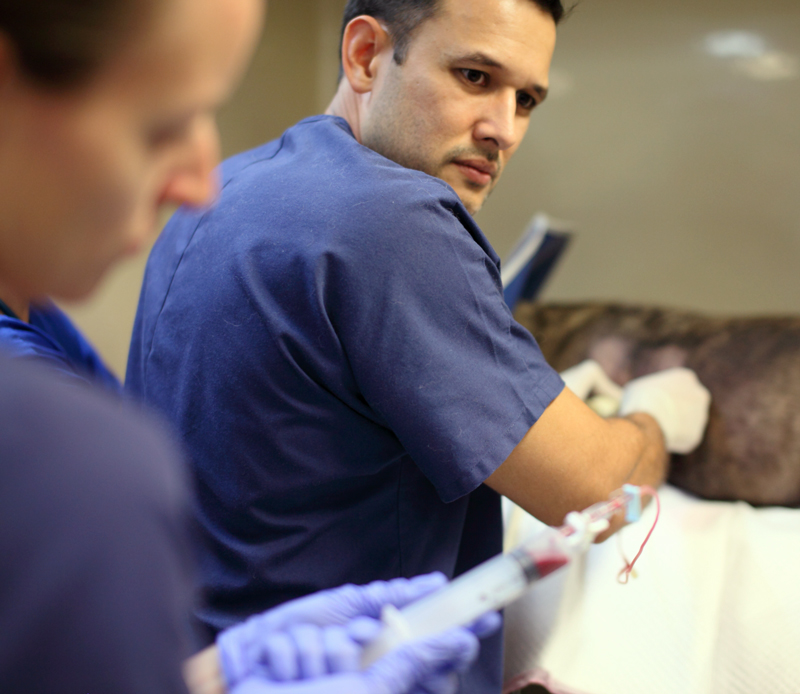 I have friends who stayed in workplaces with an unsupportive, negative culture and it has ruined their first impression – they did not leave quick enough. If you decide to stay then give yourself a deadline and start to take action.
I have friends who stayed in workplaces with an unsupportive, negative culture and it has ruined their first impression – they did not leave quick enough. If you decide to stay then give yourself a deadline and start to take action.